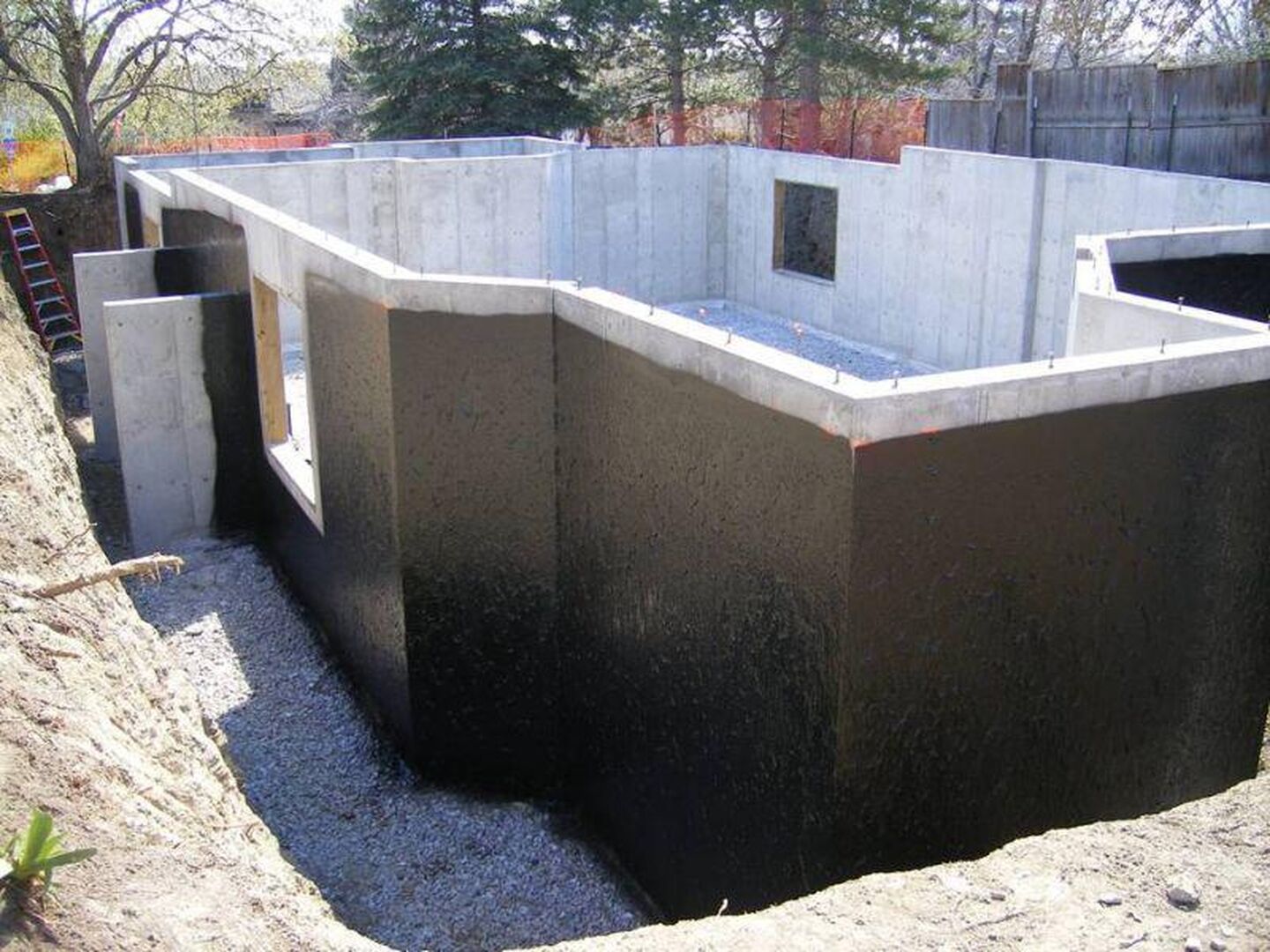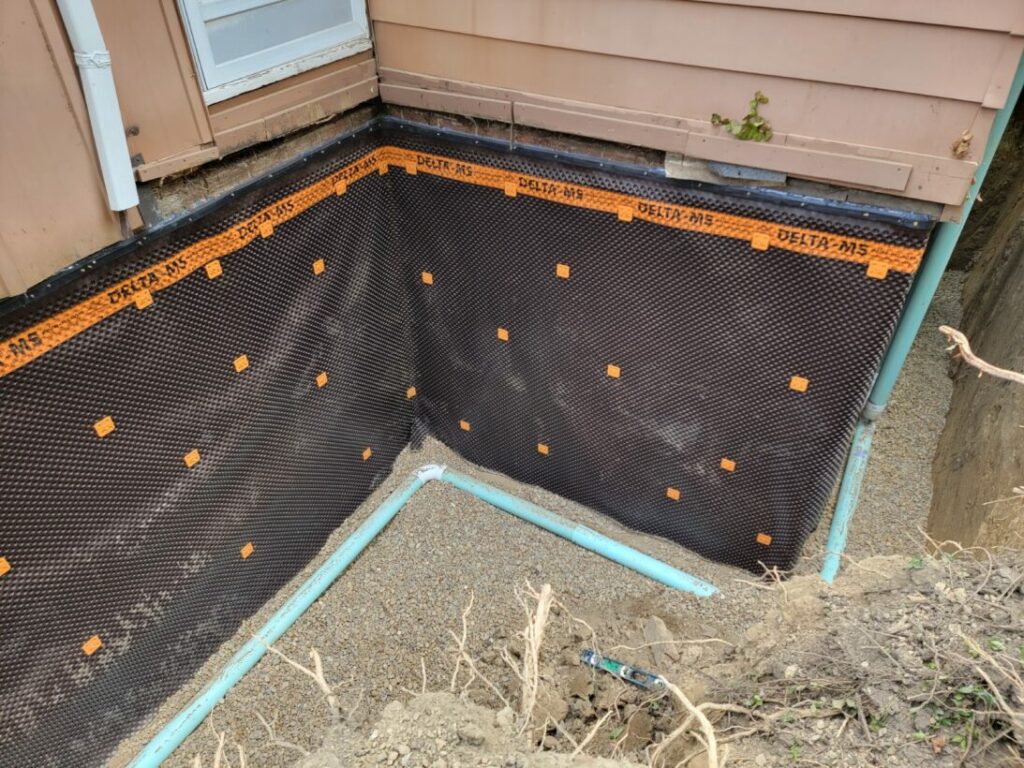Basement Waterproofing Mistakes Homeowners Make — And How to Avoid Them
Discovering the Various Methods of Basement Waterproofing and Their Benefits
Cellar waterproofing is essential for keeping a steady and completely dry setting. Numerous approaches exist, each with unique benefits. Inside sealers shield versus dampness invasion, while outside systems deal with drainage issues. Sump pumps and French drains handle water successfully, and dehumidifiers regulate humidity degrees. Recognizing these options can assist home owners make educated decisions. Yet, the best solution commonly relies on specific conditions and demands. What elements should one take into consideration when choosing the most effective approach?
Inside Sealants: An Effective Barrier Against Dampness
Inside sealers function as a necessary line of protection versus dampness invasion in basements. These products are created to produce a water-proof barrier on walls and floorings, effectively protecting against water from seeping in. Available in different kinds, consisting of paints, layers, and sealants, they can load splits and pores in concrete, guaranteeing a much more safe and secure environment.The application process commonly entails cleansing the surfaces to remove dust and debris, adhered to by the mindful application of the sealer. Once cured, these items improve the longevity of the basement while decreasing humidity degrees, which can result in mold development and structural damage.Moreover, indoor sealants are typically easy to use and can be a cost-efficient option for property owners seeking to reduce wetness concerns. By providing a trustworthy layer of security, they play a vital function in protecting the cellar space, protecting both its integrity and use.
Outside Waterproofing Equipments: Securing Your Foundation
Exterior waterproofing systems use a durable remedy when homeowners seek to secure their foundations from water damage. These systems usually entail using water-proof membranes and drainage systems to the exterior walls of a basement. By developing a barrier against groundwater, they efficiently prevent dampness from penetrating the foundation (Water Solutions Omaha).One notable advantage of exterior waterproofing is its capacity to deal with the source of water intrusion prior to it gets to the interior. This aggressive approach not only safeguards structural stability however also enhances the durability of the home.Moreover, outside systems can improve the total water drainage around the structure, reducing hydrostatic pressure. This lessens the opportunity of splits and heaving that can arise from water buildup. Because of this, home owners can enjoy a completely dry, secure basement setting, substantially enhancing residential property worth and convenience. Ultimately, exterior waterproofing systems are an essential financial investment in maintaining a healthy home structure
Sump Pumps: Managing Water Accumulation Efficiently
Sump pumps play a crucial role in handling water build-up in basements, supplying an effective remedy for homes susceptible to flooding or excess wetness. These devices are set up in sump pits, usually located at the most affordable point of a basement, where they gather water that seeps in from the bordering dirt. When the water degree climbs, the sump pump turns on, efficiently draining the excess water to an assigned drain area, thereby preventing possible damage to the foundation and interior spaces.There are 2 major sorts of sump pumps: completely submersible and pedestal. Submersible pumps are mounted underwater, making them much less noticeable and typically quieter, while stand pumps are positioned over the sump pit and are simpler to maintain. By successfully handling water build-up, sump pumps not only secure against architectural damage but likewise contribute to a much healthier living environment by reducing humidity degrees and avoiding mold and mildew development.
French Drainpipes: Rerouting Water Far From Your Home

Dehumidifiers: Minimizing Humidity Degrees for a Drier Setting
Cellar waterproofing includes different methods, and dehumidifiers play a substantial duty in maintaining a completely dry setting. By efficiently lowering humidity levels, dehumidifiers aid stop dampness accumulation, which can bring about mold and mildew growth, structural damages, and unpleasant smells. These devices work by extracting excess dampness from the air, producing a much healthier and a Full Report lot more comfy space.In enhancement to boosting air top quality, dehumidifiers can boost the effectiveness of other waterproofing techniques, such as securing and drainage systems. They help keep suitable humidity levels, typically in between 30% and 50%, which is essential for protecting against condensation on wall surfaces and floors.Moreover, modern-day dehumidifiers are energy-efficient and featured functions like programmable setups and automated shut-off, making them user-friendly. Overall, integrating a dehumidifier right into basement waterproofing plans offers an essential layer of security against moisture-related issues, thus safeguarding the home's integrity.
Often Asked Concerns

The Length Of Time Do Waterproofing Solutions Generally Last?
Waterproofing services typically last between 5 to twenty years, relying on the technique utilized, top quality of products, and environmental problems. Regular upkeep and assessments can help extend their effectiveness and general life expectancy.
Can I Water Resistant My Basement Myself?
The individual taken into consideration whether to water resistant the basement separately. They discovered that while DIY choices exist, understanding of products and methods is vital to guarantee performance, and expert assistance may give better long-lasting results.
What Are the Indicators of Basement Dampness Issues?
Indications of cellar wetness problems include visible water stains on wall surfaces, moldy odors, peeling paint, mold development, and wetness on floors. High moisture levels may additionally indicate underlying wetness problems calling for attention to stop further damages.
Just How Much Does Basement Waterproofing Price?
The price of cellar waterproofing differs commonly, commonly varying from $1,500 to $5,000. Factors affecting costs include the seriousness of dampness problems, the picked technique, and the geographical location of the home.
Will Waterproofing Increase My Home's Value?
The concern of whether waterproofing enhances a home's value frequently emerges amongst homeowners. Typically, effective waterproofing can boost visit this website residential or commercial property charm, alleviate damages dangers, and possibly lead to greater resale prices, relying on the neighborhood real estate market. By producing a barrier against groundwater, they successfully protect against moisture from permeating the foundation.One noteworthy benefit of outside waterproofing is its ability to resolve the source of water breach prior to it reaches the inside. Sump pumps play Learn More Here an essential role in handling water accumulation in cellars, supplying an effective solution for homes susceptible to flooding or excess wetness. When the water degree climbs, the sump pump activates, successfully pumping out the excess water to an assigned drainage area, thereby preventing possible damage to the foundation and indoor spaces.There are two major types of sump pumps: submersible and pedestal. Exterior Drainage Solutions. By guiding groundwater and surface water away from the structure, French drains pipes help protect against water buildup in basements and creep spaces, lowering the threat of architectural damage and mold growth.Installation normally occurs around the perimeter of the home, making certain that water is successfully drawn away. Signs of cellar dampness issues consist of visible water stains on walls, stuffy odors, peeling paint, mold growth, and wetness on floors